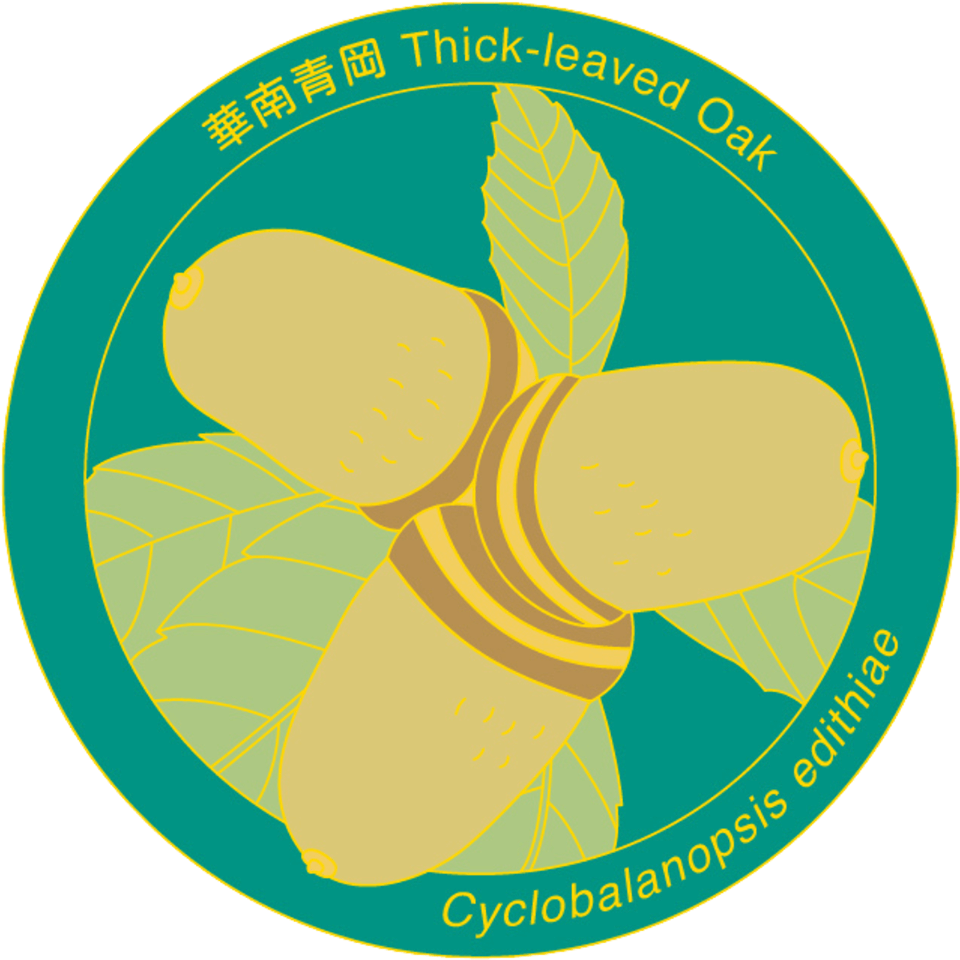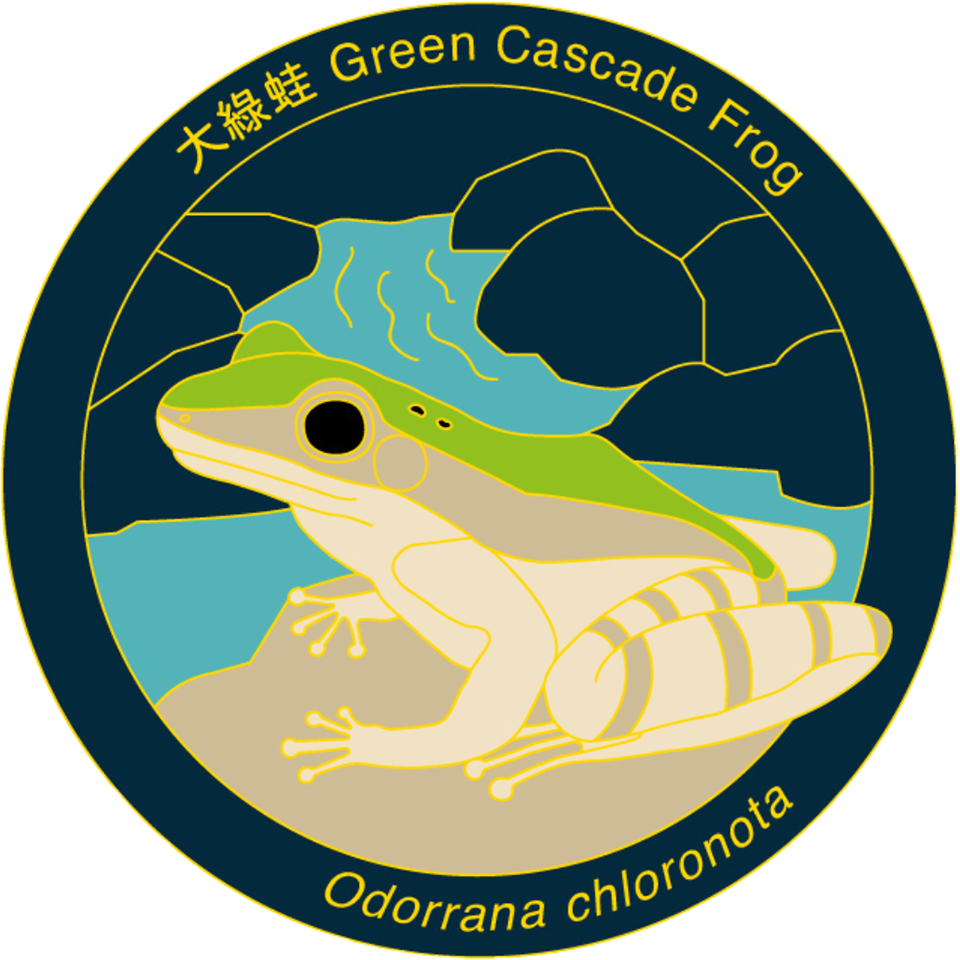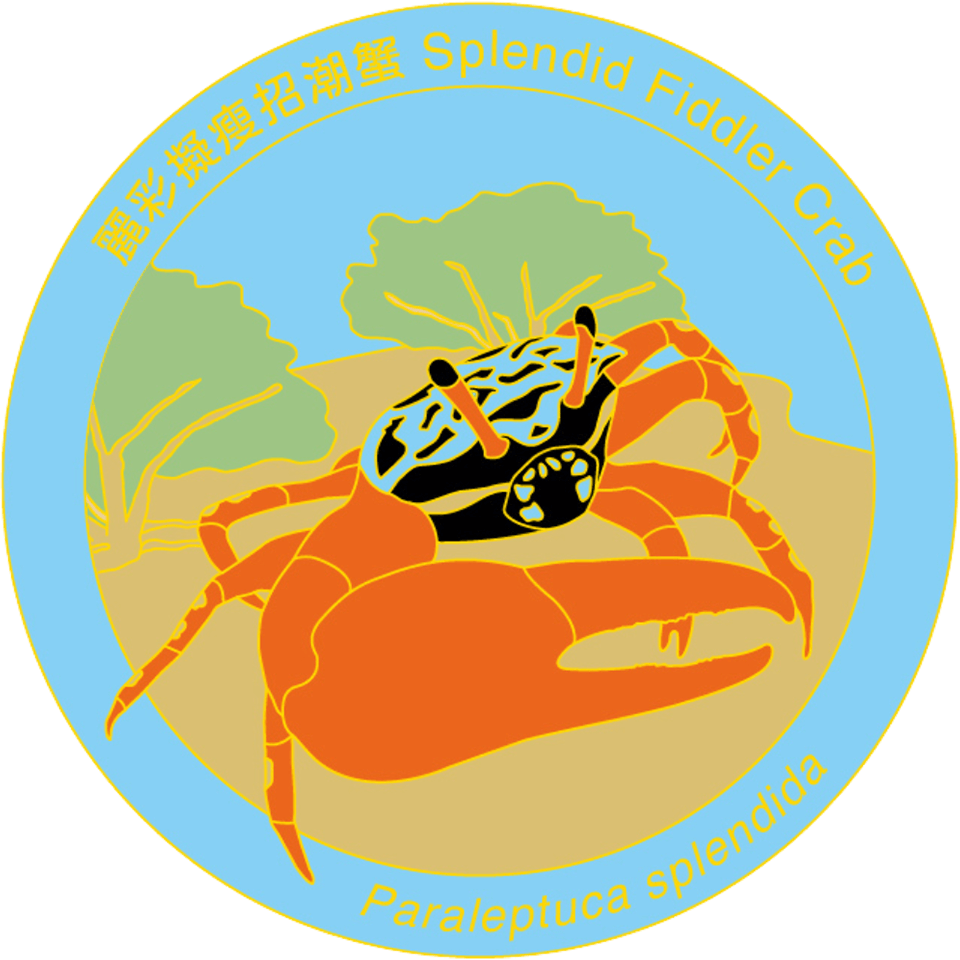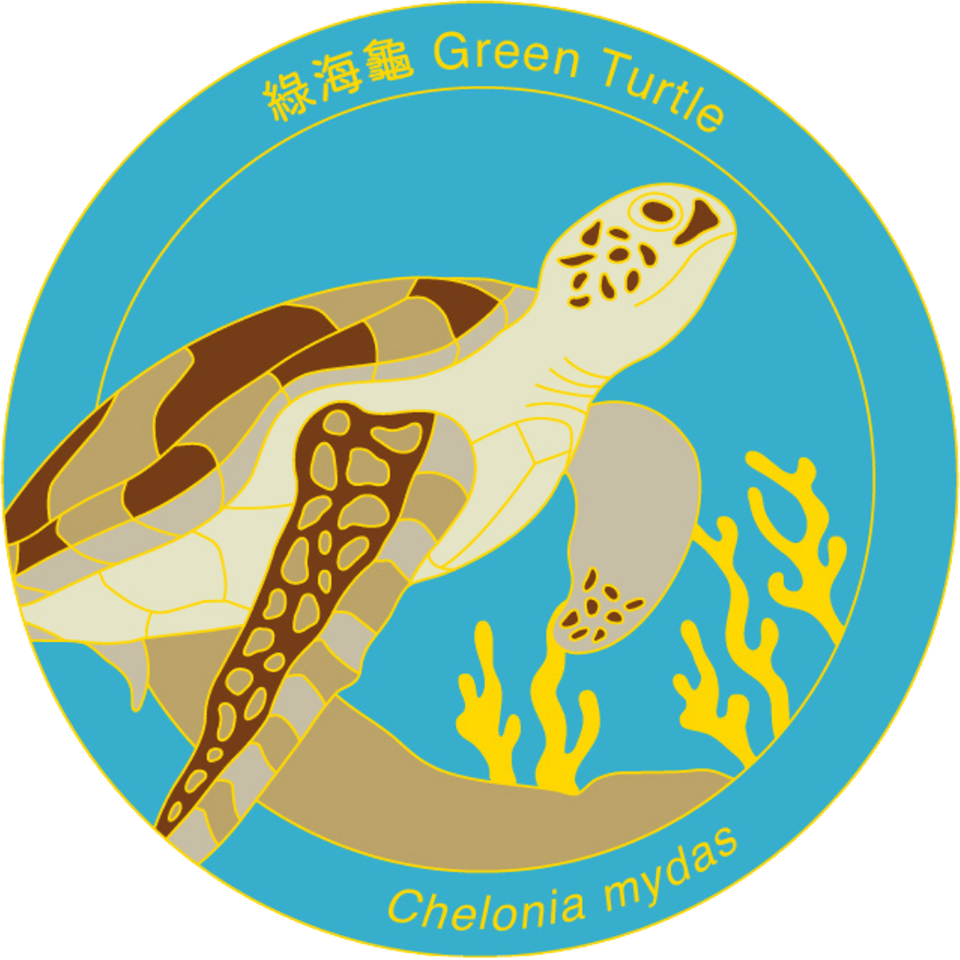1 Chau, C. K., Tu, E. Y., Chan, D. W. T., & Burnett, J. (2002). Estimating the total exposure to air pollutants for different population age groups in Hong Kong. Environment international, 27(8), 617-630.
2 Louv, R. (2008). Last child in the woods: saving our children from nature-deficit disorder (Updated and expanded ed.). Chapel Hill, N.C.: Algonquin Books of Chapel Hill.
3 White, M. P., Alcock, I., Grellier, J., Wheeler, B. W., Hartig, T., Warber, S. L., ... & Fleming, L. E. (2019). Spending at least 120 minutes a week in nature is associated with good health and wellbeing. Scientific reports, 9(1), 1-11.
4 Tsao, T. M., Tsai, M. J., Hwang, J. S., Cheng, W. F., Wu, C. F., Chou, C. C., & Su, T. C. (2018). Health effects of a forest environment on natural killer cells in humans: An observational pilot study. Oncotarget, 9(23), 16501.
5 Li, Q., Kobayashi, M., Wakayama, Y., Inagaki, H., Katsumata, M., Hirata, Y., Hirata, K., Shimizu, T., Kawada, T., Park, B. J., Ohira, T., Kagawa, T., & Miyazaki, Y. (2009). Effect of phytoncide from trees on human natural killer cell function.
Int J Immunopathol Pharmacol, 22(4), 951-959.
https://doi.org/10.1177/039463200902200410
6 Karami, Z., Golmohammadi, R., Heidaripahlavian, A., Poorolajal, J., & Heidarimoghadam, R. (2016). Effect of daylight on melatonin and subjective general health factors in elderly people. Iranian journal of public health, 45(5), 636.
7 Kardan, O., Gozdyra, P., Misic, B., Moola, F., Palmer, L. J., Paus, T., & Berman, M. G. (2015). Neighborhood greenspace and health in a large urban center. Scientific reports, 5(1), 1-14.
8 Nair, R., & Maseeh, A. (2012). Vitamin D: The "sunshine" vitamin. J Pharmacol Pharmacother, 3(2), 118-126.
10 Halonen, J. I., Kivimäki, M., Pentti, J., Stenholm, S., Kawachi, I., Subramanian, S. V., & Vahtera, J. (2014). Green and blue areas as predictors of overweight and obesity in an 8‐year follow‐up study. Obesity, 22(8), 1910-1917.
11 Gascon, M., Triguero-Mas, M., Martínez, D., Dadvand, P., Rojas-Rueda, D., Plasència, A., & Nieuwenhuijsen, M. J. (2016). Residential green spaces and mortality: A systematic review.
Environment international, 86, 60-67.
https://doi.org/10.1016/j.envint.2015.10.013
12 Nutsford, D., Pearson, A. L., Kingham, S., & Reitsma, F. (2016). Residential exposure to visible blue space (but not green space) associated with lower psychological distress in a capital city.
Health Place, 39, 70-78.
https://doi.org/10.1016/j.healthplace.2016.03.002
13 Mitchell, R. J., Richardson, E. A., Shortt, N. K., & Pearce, J. R. (2015). Neighborhood environments and socioeconomic inequalities in mental well-being.
American journal of preventive medicine, 49(1), 80-84.
https://doi.org/10.1016/j.amepre.2015.01.017
14 Marcus, C. C., & Barnes, M. (1995). Gardens in healthcare facilities: Uses, therapeutic benefits, and design recommendations. Martinez, CA: Center for Health Design.
15 Jung, W. H., Woo, J. M., & Ryu, J. S. (2015). Effect of a forest therapy program and the forest environment on female workers’ stress. Urban forestry & urban greening, 14(2), 274-281.
16 Meredith, G. R., Rakow, D. A., Eldermire, E. R., Madsen, C. G., Shelley, S. P., & Sachs, N. A. (2020). Minimum time dose in nature to positively impact the mental health of college-aged students, and how to measure it: A scoping review. Frontiers in psychology, 2942.
17 Foxx, C. L., Heinze, J. D., González, A., Vargas, F., Baratta, M. V., Elsayed, A. I., ... & Lowry, C. A. (2021). Effects of immunization with the soil-derived bacterium Mycobacterium vaccae on stress coping behaviors and cognitive performance in a “two hit” stressor model. Frontiers in physiology, 11, 524833.
18 Barton, J., & Pretty, J. (2010). What is the best dose of nature and green exercise for improving mental health? A multi-study analysis. Environmental science & technology, 44(10), 3947-3955.
19 Liu, Y., Cleary, A., Fielding, K. S., Murray, Z., & Roiko, A. (2022). Nature connection, pro-environmental behaviours and wellbeing: Understanding the mediating role of nature contact. Landscape and Urban Planning, 228, 104550.
20 Bell, S. (2005). Nature for people: the importance of green spaces to communities in the East Midlands of England. Wild Urban Woodlands: New Perspectives for Urban Forestry, 81-94.
21 Pilgrim, S., Smith, D., & Pretty, J. (2007). A cross‐regional assessment of the factors affecting ecoliteracy: implications for policy and practice. Ecological applications, 17(6), 1742-1751.
22 DeMarco, L. W., Relf, D., & McDaniel, A. (1999). Integrating gardening into the elementary school curriculum. HortTechnology, 9(2), 276-281.
23 Parrish, D., Phillips, G., Levine, R., Hikawa, H., Gaertner, M., Agosta, N., & Doyal, D. (2005). Effects of outdoor education programs for children in California. American Institute For Research.
24 Lieberman, G. A., & Hoody, L. L. (1998). Closing the achievement gap : using the environment as an integrating context for learning : Results of a nationwide study.
25 Chawla, L., Keena, K., Pevec, I., & Stanley, E. (2014). Green schoolyards as havens from stress and resources for resilience in childhood and adolescence. Health & place, 28, 1-13.
26 Taylor, A. F., Kuo, F. E., & Sullivan, W. C. (2002). Views of nature and self-discipline: Evidence from inner city children. Journal of environmental psychology, 22(1-2), 49-63.
27 Faber Taylor, A., & Kuo, F. E. (2009). Children with attention deficits concentrate better after walk in the park. Journal of attention disorders, 12(5), 402-409.
28 Wells, N. M., & Lekies, K. S. (2006). Nature and the life course: Pathways from childhood nature experiences to adult environmentalism. Children Youth and Environments, 16(1), 1-24.
29 Otto, S., & Pensini, P. (2017). Nature-based environmental education of children: Environmental knowledge and connectedness to nature, together, are related to ecological behaviour. Global Environmental Change, 47, 88-94.
30 Duffin, M., Powers, A., & Tremblay, G. (2004). Report on Cross-Program Research.
31 Richardson, M., Sheffield, D., Harvey, C., & Petronzi, D. (2016). The impact of children’s connection to nature: A report for the Royal Society for the Protection of Birds (RSPB). University of Derby, 1-25.
32 Wood, S., Demougin, P. R., Higgins, S. L., Husk, K., Wheeler, B. W., & White, M. P. (2016). Exploring the relationship between childhood obesity and proximity to the coast: A rural/urban perspective. Health & place, 40, 129-136.
33 Lingham, G., Yazar, S., Lucas, R. M., Milne, E., Hewitt, A. W., Hammond, C. J., ... & Mackey-benefit, D. A. (2021). Time spent outdoors in childhood is associated with reduced risk of myopia as an adult. Scientific Reports, 11(1), 6337.
34 Wells, N. M., & Evans, G. W. (2003). Nearby nature: A buffer of life stress among rural children. Environment and behavior, 35(3), 311-330.
35 D’Amore, C. (2015). Family nature clubs: Creating the conditions for social and environmental connection and care (Doctoral dissertation, Prescott College).
36 O’Brien, L., & Murray, R. (2007). Forest School and its impacts on young children: Case studies in Britain. Urban Forestry & Urban Greening, 6(4), 249-265.





